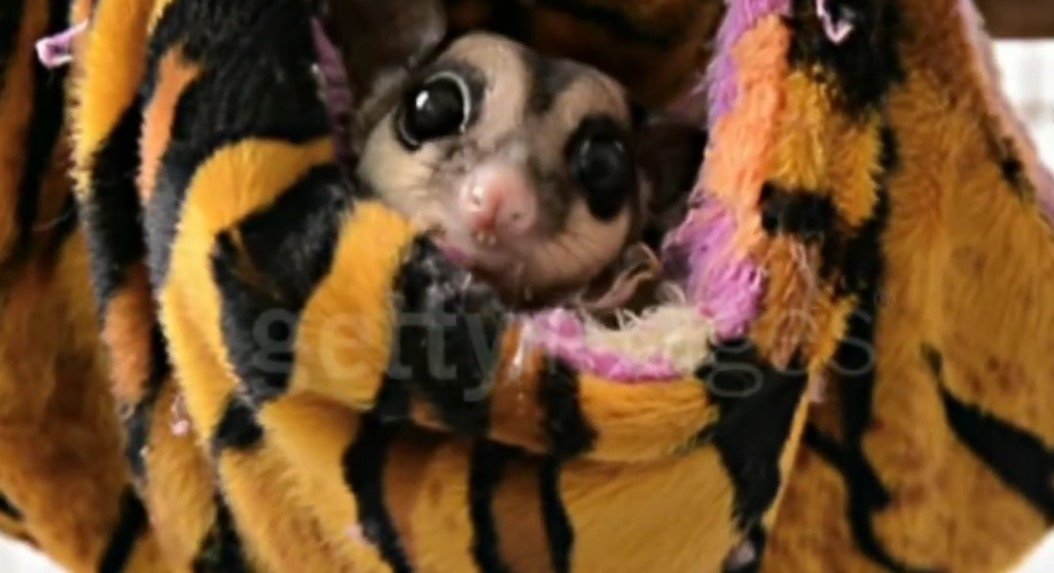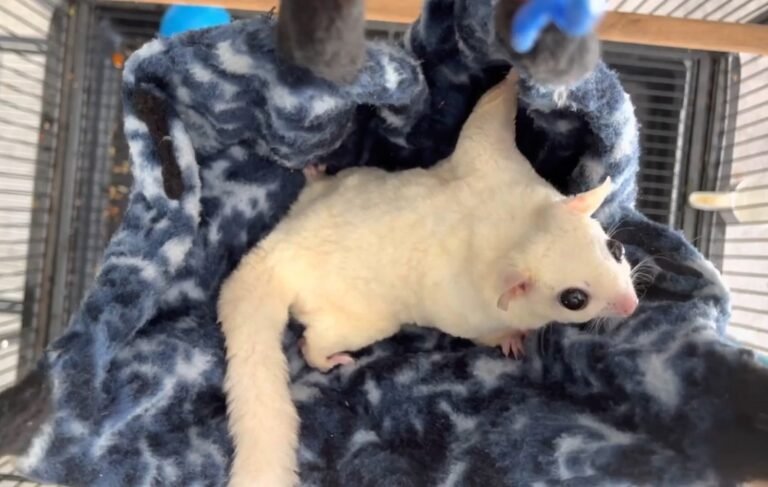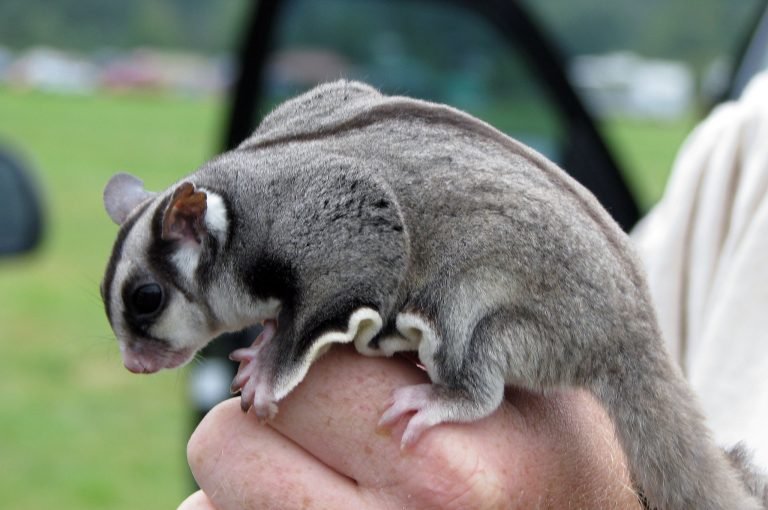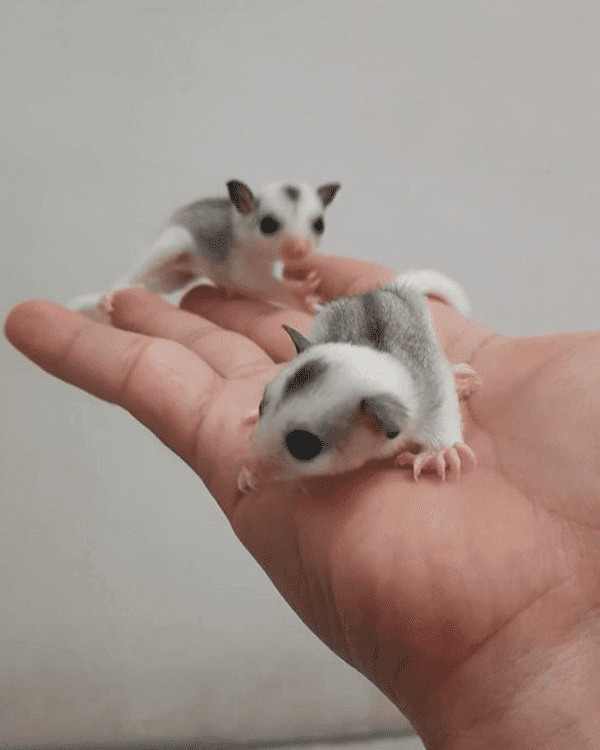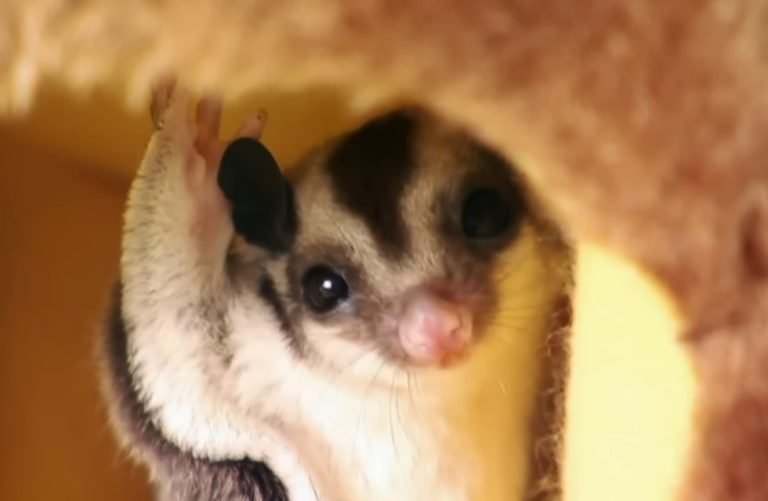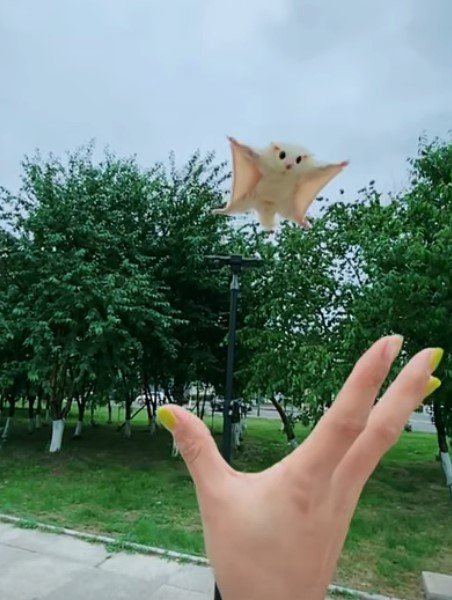What Do You Need For A Sugar Glider
What do you need for a sugar glider?
If you’re considering getting a sugar glider as a pet, you might be wondering what essentials you’ll need to provide for their optimal care and well-being. Sugar gliders are small, active nocturnal marsupials native to Australia, known for their adorable appearance and unique behaviors. While they can make wonderful pets, it’s important to understand their needs and provide them with the right environment, nutrition, and social interaction to thrive. In this article, we will discuss the essential items you need to have for your sugar glider to ensure they have a happy and healthy life.
Housing:
Sugar gliders require a spacious and stimulating enclosure that simulates their natural habitat. Here are some key requirements for their housing:
Cage:
Investing in a large and secure cage is crucial for your sugar glider’s safety and comfort. Look for a tall wire cage with narrow spacing between the bars to prevent escape. A good size for a single glider is at least 24 inches wide, 24 inches deep, and 36 inches tall.
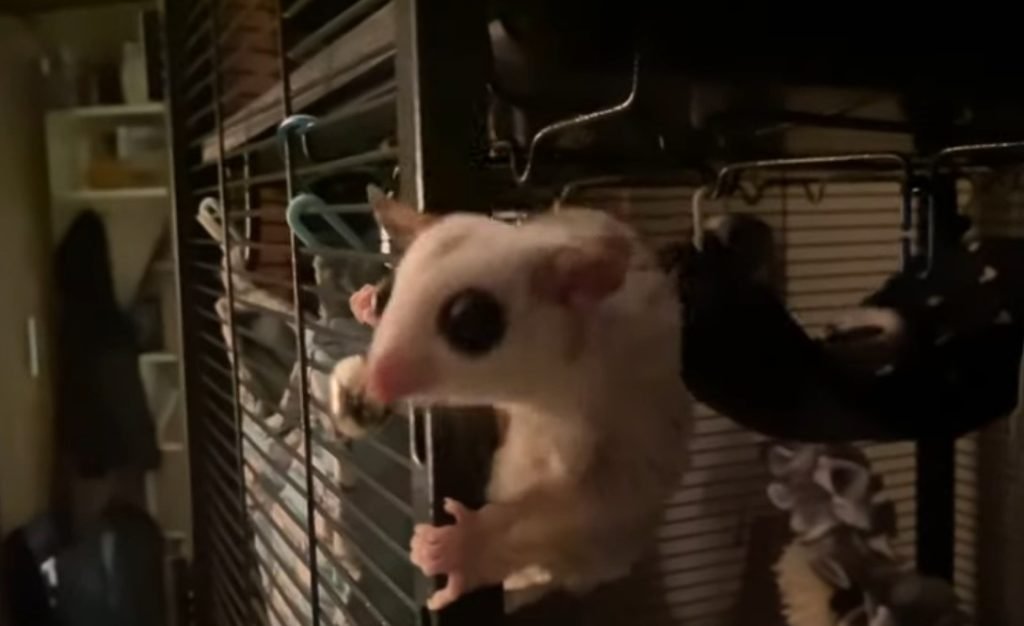
Cage Accessories:
To keep your sugar glider entertained and stimulated, furnish the cage with various accessories, such as branches, hammocks, ropes, and tunnels. These items provide opportunities for climbing, hiding, and play. Make sure to regularly clean and sanitize the cage to maintain hygiene.
Nutrition:
Proper nutrition is vital for the health and well-being of your sugar glider. Their diet should consist of a balanced mix of fresh fruits, vegetables, proteins, and supplements. Here’s what you need to know:
Specialized Sugar Glider Food:
There are commercially available sugar glider pellets that provide essential nutrients and vitamins. These pellets should make up a portion of their diet and serve as the foundation for their nutritional needs. Look for a reputable brand that is specifically formulated for sugar gliders.
Fruits and Vegetables:
Sugar gliders thrive on a diverse range of fresh fruits and vegetables. Offer a variety of options such as apples, bananas, grapes, sweet potatoes, carrots, peas, and leafy greens. It’s important to feed them a balanced mix and avoid excessive amounts of sugary fruits.
Protein:
Protein is crucial for the development and maintenance of your sugar glider’s muscles and overall health. Offer lean sources of protein such as cooked chicken, scrambled eggs, or mealworms. It’s essential to provide protein in moderation and ensure it’s cooked properly to avoid any health risks.
Vitamins and Supplements:
Sugar gliders may require additional supplements to meet their dietary needs. Calcium and vitamin D3 supplements are especially important for their bone health. Consult with a veterinarian who specializes in exotic animals to determine the right supplements and dosage for your glider.
Enrichment:
Sugar gliders are highly intelligent and active creatures that require mental and physical stimulation to prevent boredom. Here are some items and activities you can provide for their enrichment:
Toys:
Sugar gliders enjoy playing with toys that offer opportunities for climbing, jumping, and exploration. Provide them with glider-safe toys made of non-toxic materials, such as ropes, ladders, and hanging pouches. Avoid toys with small parts that could be hazardous if ingested.
Exercise Wheel:
A safe exercise wheel designed specifically for sugar gliders can help them burn off excess energy and maintain their physical health. Make sure to choose a wheel that has a solid surface and is large enough for your glider to comfortably run on without straining their back.
Bonding Time:
Sugar gliders are social animals that require daily interaction and bonding with their owners. Spend quality time with your glider by carrying them in a bonding pouch or allowing them to sit on your shoulder. This will foster trust and strengthen your bond with your pet.
Environmental Considerations:
Creating the right environment for your sugar glider is crucial for their well-being. Here are some environmental factors to consider:
Temperature and Humidity:
Sugar gliders are sensitive to temperature and humidity levels. Maintain a temperature range of 68-78°F (20-25°C) and a humidity level of 50-70%. Monitor these levels using a thermometer and hygrometer inside their enclosure.
Noise and Light:
Sugar gliders are nocturnal animals and require a quiet environment during their daytime resting period. Avoid placing their cage in an area with excessive noise or bright lights that could disturb their sleep. Provide them with a cozy, dark sleeping pouch for their daytime rest.
Escape-Proofing:
Sugar gliders are agile climbers and can squeeze through small spaces. Ensure their enclosure is properly secured to prevent any escape attempts. Regularly inspect the cage for any openings or loose wires that could pose a danger to your glider.
Frequently Asked Questions:
Q: Can sugar gliders be potty trained?
A: Yes, sugar gliders can be trained to use a litter box. Provide them with a small litter tray filled with a suitable bedding material, such as paper pellets, and place it in a corner of their cage. Reinforce positive behavior by rewarding them with treats or praise.
Q: How long do sugar gliders live as pets?
A: With proper care, sugar gliders can live up to 12-15 years in captivity. Providing a balanced diet, a suitable environment, and regular veterinary check-ups can help ensure their longevity.
Q: Do sugar gliders need companionship?
A: Sugar gliders are highly social animals and thrive in the company of their own kind. It’s recommended to have at least two sugar gliders, preferably of the same sex and from the same litter, to prevent loneliness and promote their natural behaviors.
Final Thoughts:
Taking care of a sugar glider involves providing them with a suitable habitat, a balanced diet, and opportunities for enrichment. Remember that these adorable creatures require a significant amount of time, attention, and commitment. Before getting a sugar glider as a pet, do thorough research and consult with experts or experienced owners to ensure you can meet their unique needs. By providing the right care and environment, you can enjoy a rewarding and fulfilling companionship with your sugar glider for many years to come.

